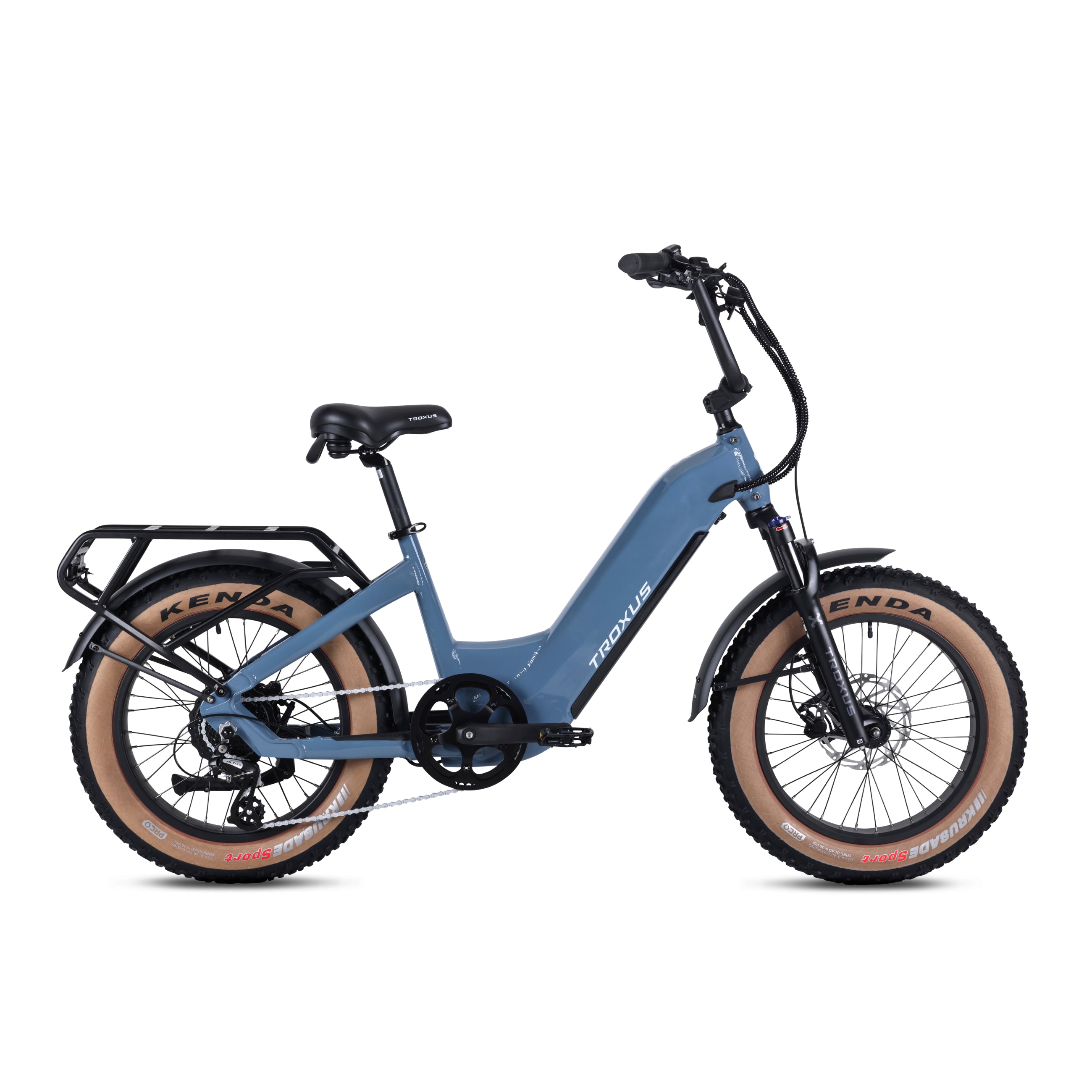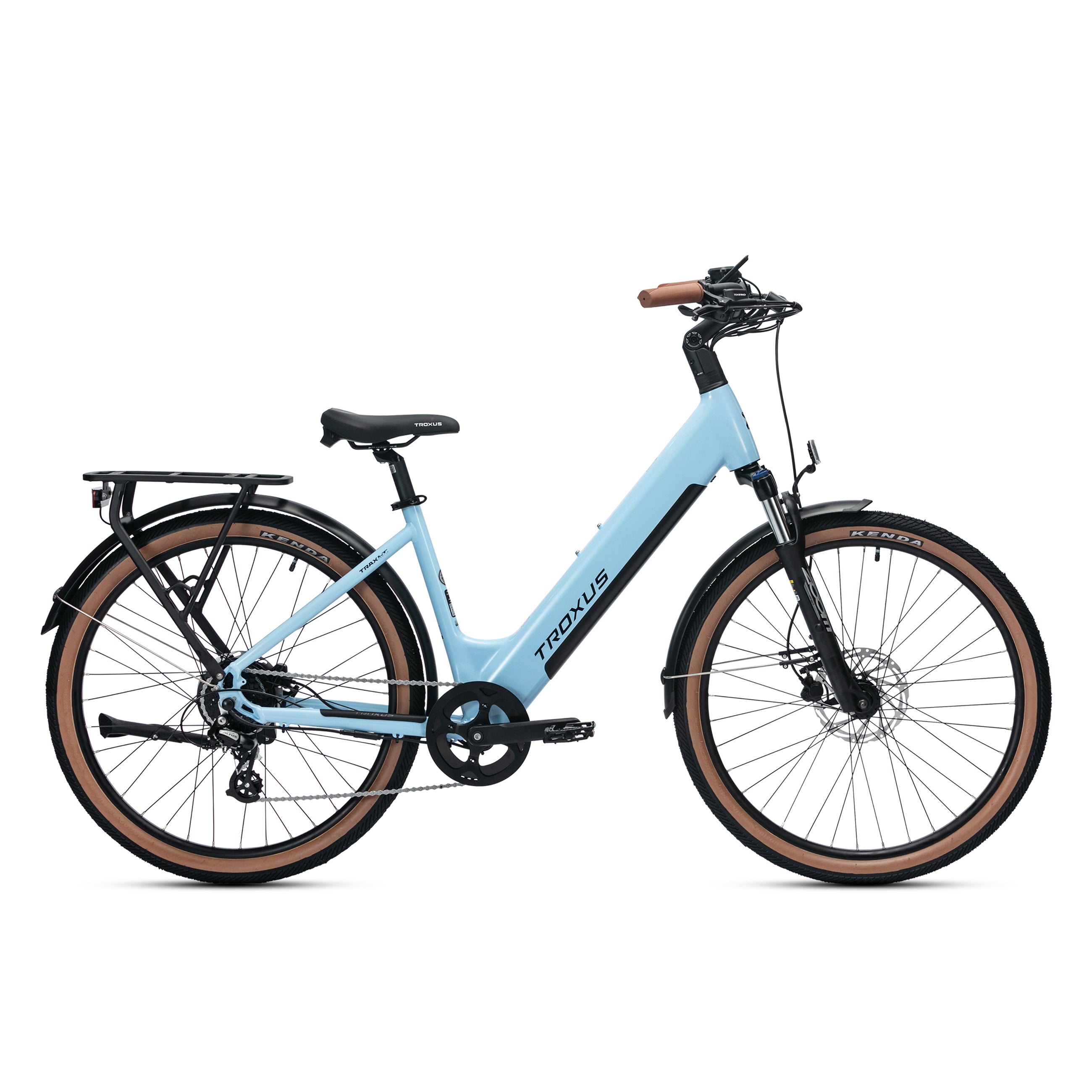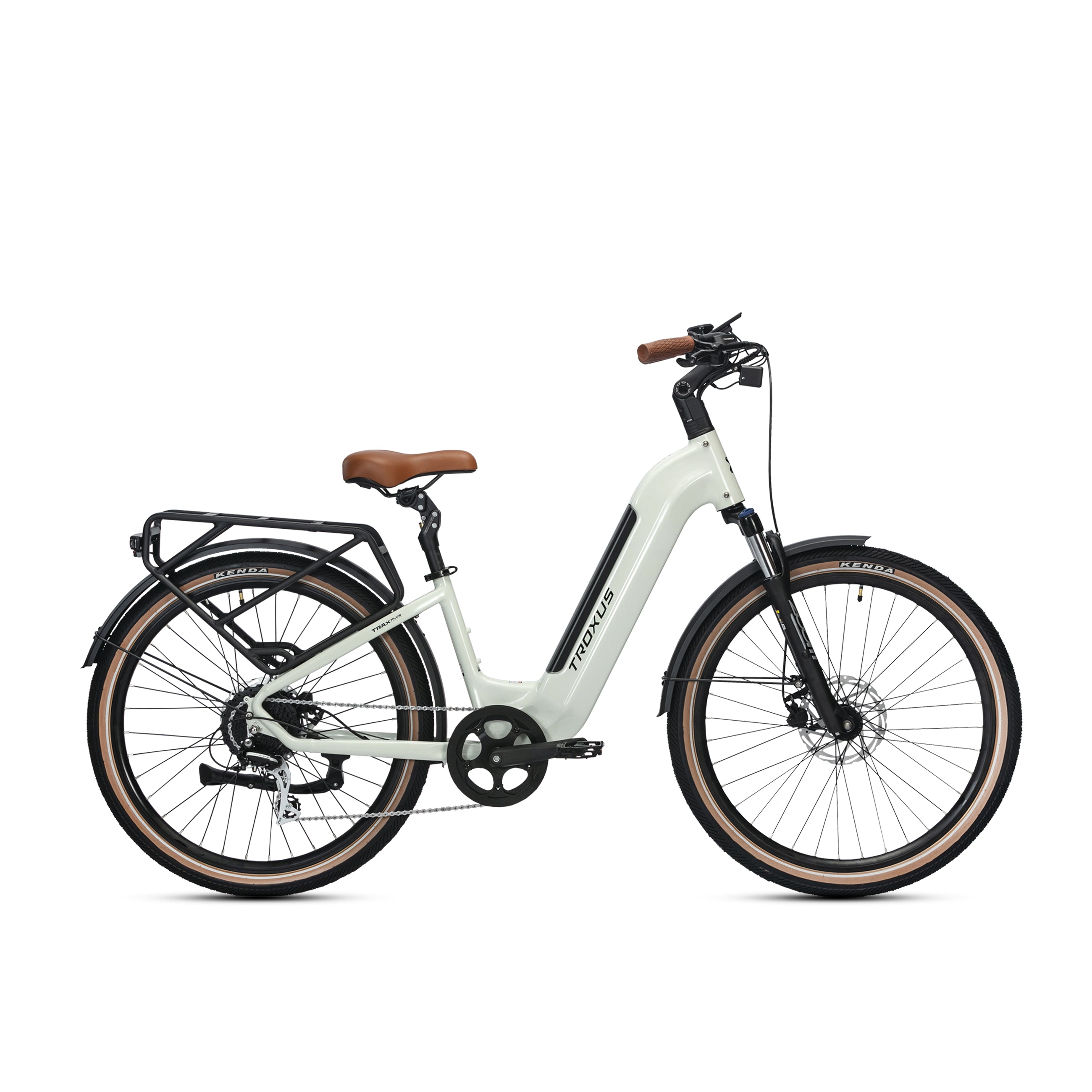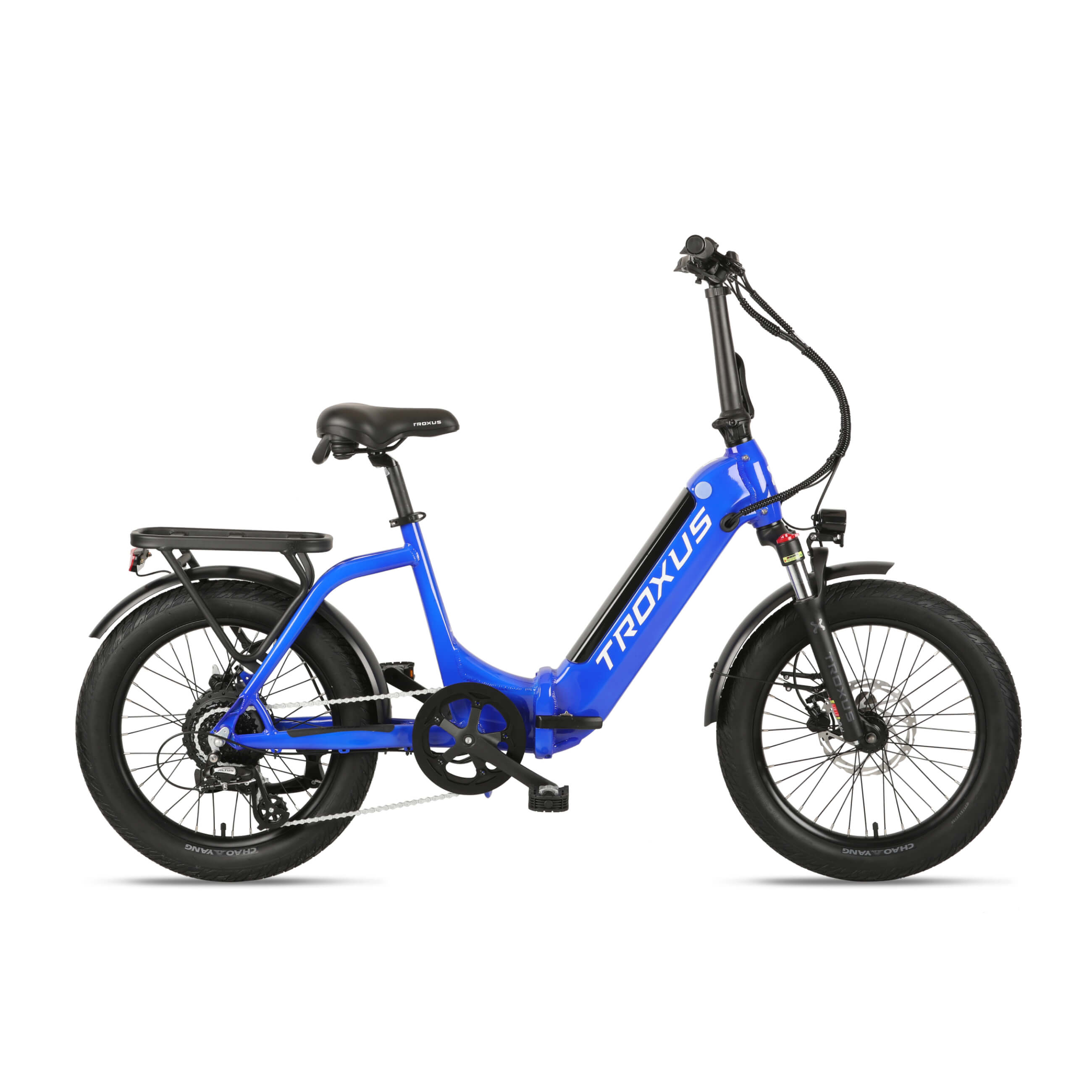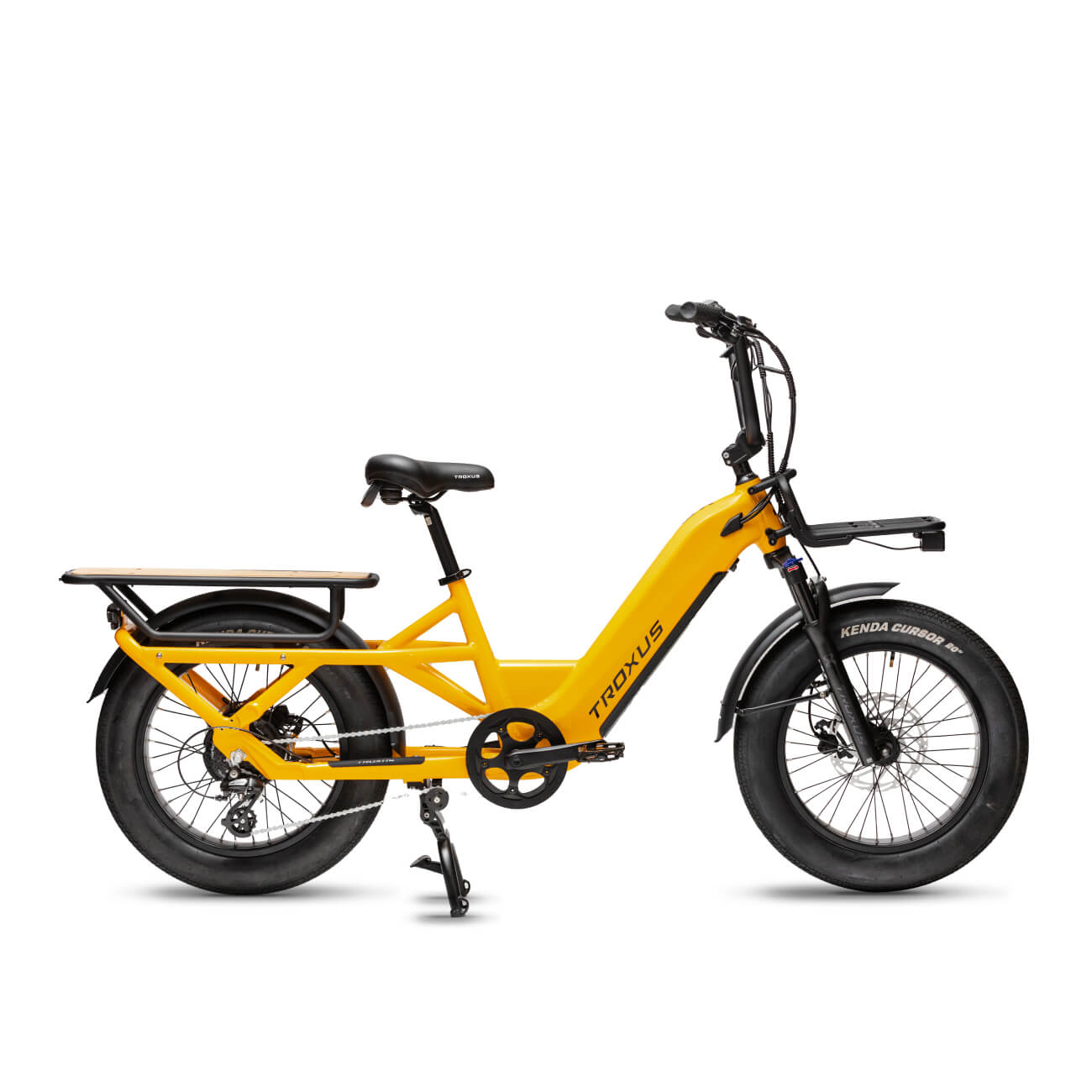Looking for help?
Find answers to your questions
Error Code 30 Step By Step Diagnosis
Table of Contents
A step-by-step guide to diagnosing error code 30 on an e-bike, which typically signifies a communication error:
Understanding Error Code 30
Error code 30 on most e-bikes indicates a general communication fault. This means that the various electronic components of your e-bike (like the display, controller, motor, and sensors) are not able to "talk" to each other properly. It's a common error and often resolvable with careful inspection and troubleshooting.
Safety First!
- Always turn off your e-bike and remove the battery before performing any inspections or disconnections.This is crucial to prevent electrical shock, damage to components, or accidental motor engagement.
- Work in a well-lit area.
- If at any point you feel uncomfortable or unsure, stop and consult a qualified e-bike technician.
Tools You Might Need:
- Small screwdriver set (Phillips and possibly flathead)
- Allen key set (hex wrenches) for removing battery covers or component mounts
- Clean cloth
- Possibly a can of compressed air
- Optional: Dielectric grease (for clean connectors)
Step-by-Step Diagnosis Guide for Error Code 30
Step 1: Power Cycle and Basic Checks
- Turn Off the E-bike:Ensure the e-bike is completely powered down.
- Remove Battery:Disconnect and remove the battery from the e-bike.
- Inspect Battery and Terminals:While the battery is out, visually inspect the battery terminals (where it connects to the bike) for any dirt, corrosion, or damage. Gently wipe them clean with a dry cloth if needed.
- Reinstall Battery & Power On:Reinsert the battery securely and turn on the e-bike. Check if Error 30 persists.
- Result:If the error is gone, it might have been a temporary glitch, and you're good to go. If it persists, proceed to Step 2.
Step 2: Inspect Display and Handlebar Connections (Most Common Culprit)
The display is often the starting point for communication, so issues here are frequent.
- Turn Off & Remove Battery (Again):Always disconnect power before touching connections.
- Locate Display Cable:Find the cable running from your e-bike's display unit (on the handlebars) down towards the main wiring harness or controller.
- Disconnect Display Cable:Gently but firmly unplug this cable. Many e-bike connectors are “Linkwe” or "Julet" style, often with arrows or alignment marks. Pull straight out, avoid twisting.
- Inspect Pins:
- Carefully examine both ends of the connector (the cable side and the harness side).
- Look for:
- Bent or pushed-in pins:Even one slightly misaligned pin can break communication.
- Corrosion:Green or white powdery residue indicates water damage.
- Dirt or debris:Dust, mud, or lint can obstruct contact. Use compressed air if available, or carefully pick out debris with a non-conductive tool (like a plastic toothpick).
- Damaged housing:Cracks or breaks in the plastic connector.
- Clean & Reconnect:If pins are good and clean, firmly and squarely re-plug the display cable. Ensure it "clicks" or feels fully seated. If you found minor dirt, clean it before reconnecting. If pins are bent, try to very gently straighten them with small pliers or tweezers, but be extremely careful as they can break easily.
- Repeat for Other Handlebar Components:
- Brake Lever Cut-off Sensors:If your e-bike has wires coming from the brake levers, disconnect, inspect, and reconnect them.
- Throttle:Do the same for the throttle connection.
- Control Pad/Button Unit:If your e-bike has a separate control pad next to the display, check its connection.
- Reinstall Battery & Power On:Test the bike after each connection re-establishment if you want to isolate the exact problematic connection.
- Result:If the error is gone after checking these, you've likely found the loose or dirty connection. If it persists, proceed to Step 3.
Step 3: Inspect Controller and Motor Connections
The controller is the "brain" of the e-bike.
- Turn Off & Remove Battery.
- Locate the Controller:The controller is often in a box on the frame, integrated into the motor hub, or under a panel on the frame.
- Inspect Main Harness from Controller:Find the large main cable harness that exits the controller and connects to the rest of the bike's wiring. Disconnect, inspect pins for any issues (bent, dirty, corroded), clean, and firmly reconnect.
- Inspect Motor Cable:This is usually a thicker, multi-pin cable running directly from the controller to the motor. Disconnect, inspect, and reconnect. For hub motors, this connection is often near the axle. For mid-drive motors, it's directly on the motor unit.
- Inspect PAS (Pedal Assist Sensor) Cable:This sensor is typically located near the cranks (bottom bracket). Follow its wire to where it connects to the main harness. Disconnect, inspect, and reconnect.
- Inspect Speed Sensor Cable (if separate):Some bikes have a separate speed sensor, often on the rear wheel or chainstay. Check its connection.
- Inspect Battery Connection to Controller:Ensure the main power cables from the battery cradle/mount are securely connected to the controller. While usually robust, a loose connection here could indirectly cause communication issues.
- Reinstall Battery & Power On:Test the bike.
- Result:If the error is gone, one of these connections was the issue. If it persists, proceed to Step 4.
Step 4: Check for Visible Cable Damage
Even if connectors are good, the cables themselves can be damaged.
- Turn Off & Remove Battery.
- Systematic Visual Inspection:Carefully follow all visible cables on your e-bike from end to end.
- Look for:
- Pinched or crimped cables:Especially where cables pass through frame openings, under clamps, or near moving parts.
- Frayed or cut insulation:Exposed copper wires.
- Abrasion marks:Signs where cables have rubbed against the frame or other components.
- Melted plastic:A sign of overheating or a short.
- Signs of animal chewing:Rodents sometimes chew on wires.
- Look for:
- Focus on Flex Points:Pay extra attention to cables that bend frequently, such as those going to the handlebars, or around the motor.
- Result:If you find damaged wiring, it's usually beyond a DIY fix unless you're experienced with soldering and heat shrinking specific e-bike wiring. This likely requires a professional repair or replacement of the damaged harness/component. If no visible damage, proceed to Step 5.
Step 5: Environmental Factors and Water Damage
Water is a common enemy of e-bike electronics.
- Recent Exposure:Has your e-bike recently been ridden in heavy rain, washed with a hose, or submerged?
- Drying Out:If you suspect water ingress into connectors or the controller, do NOT try to turn on or charge the bike.
- Remove the battery.
- Disconnect as many connectors as possible.
- Use compressed air to blow out water from connectors.
- Leave the bike and components in a warm, dry, well-ventilated area for at least 24-48 hours to allow everything to thoroughly dry out. A desiccant pack (like silica gel) can help.
- Corrosion:Look for any green or white powdery residue on pins or inside connector housings, which indicates corrosion from moisture. This can disrupt electrical signals.
- Result:If drying solves the problem, it was water-related. If corrosion is significant, the affected component or cable may need replacement.
Step 6: Isolation Test (Advanced, if Comfortable)
If the error persists and you have removable components:
- Turn Off & Remove Battery.
- Disconnect Non-Essential Components:Systematically disconnect one non-essential component at a time (e.g., brake sensors, throttle, PAS sensor) and then re-power the bike to see if the error clears.
- If the error disappearsafter disconnecting a specific component, that component or its wiring is the likely cause.
- Reconnect the other componentsto ensure you've isolated the correct one.
- Note:The display and motor will always need to be connected for basic function, so you can't disconnect them for this test.
- Result:This can pinpoint a faulty sensor or throttle. The component will likely need replacement.
When to Seek Professional Help:
If you've meticulously followed all these steps and the Error 30 persists, it's highly probable that you have:
- A faulty controller(the brain unit).
- A faulty display.
- An internal issue with the motor(e.g., damaged hall sensors).
- A severely damaged internal wiring harnessthat isn't easily visible.
In these cases, it's best to:
- Contact the e-bike manufacturer or the dealer where you purchased the bike.Provide them with your e-bike model, the specific error code, and a detailed list of all the troubleshooting steps you've already taken.
- Take it to a qualified e-bike service center.They have specialized diagnostic tools that can pinpoint the exact faulty component.
By systematically going through this guide, you can effectively diagnose the cause of Error Code 30 on your e-bike and, in many cases, resolve it yourself.
Updated on 03 Jun 2025
What are your Feelings?
Thanks for your feedback.
Test Ride
Find your perfect bike locally. Check online inventory for the fastest availability.
Shop LocallyLocal Pick Up
Shop online, ride today! Order your e-bike online and enjoy the convenience of picking it up the same day at the nearest store to you.
Shop E-BikesExclusive Warranty Benefits
All 2024 and newer e-bikes are backed by an exclusive 5-year limited warranty, while 2023 and older models are covered by our reliable 2-year standard warranty.
Learn MoreTotal Care+ Program
If your bike is damaged or involved in an accident, we’re here to help you work with your retailer to get back on the road, trail, or bike path quickly.
Learn more
Be the first to know
Subscribe now to unlock exclusive offers, latest product updates and more surprises.


